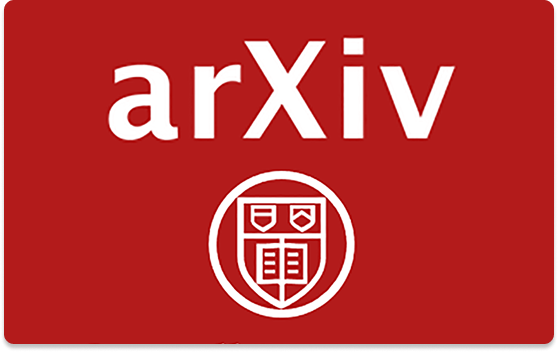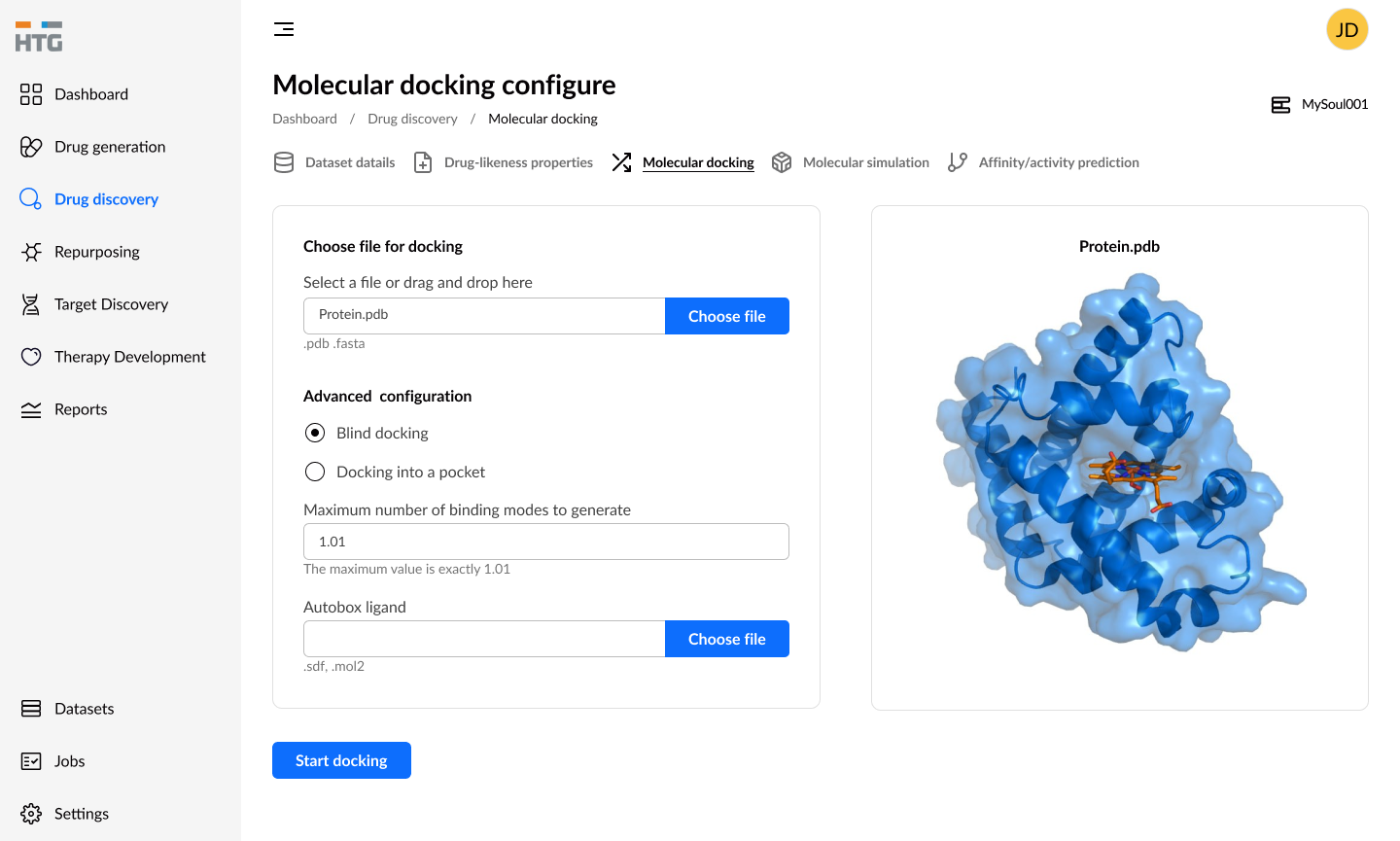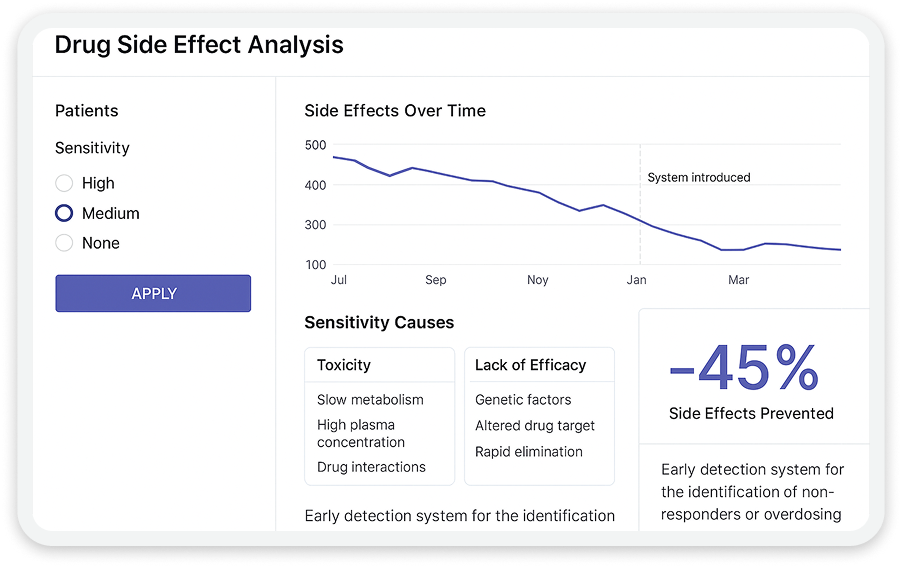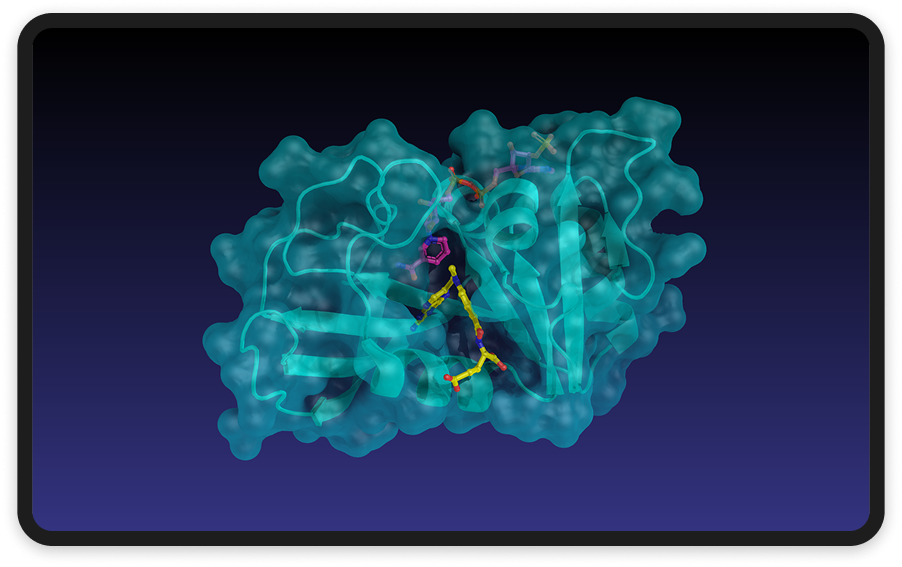This study explores the use of machine learning approaches—CatBoost, Graph Attention Neural Network (GATN), and Bidirectional Encoder Representations from Transformers (BERT)—to predict molecular binding affinity, specifically inhibition constants (Ki) for protein-ligand pairs. The research emphasizes two methods based on selected physico-chemical features and one Transformer-based approach that uses textual molecular representations, marking a pioneering effort in applying Transformer models for binding affinity prediction.
The models are designed to avoid the use of atomic spatial coordinates, eliminating structural bias and allowing for generalization to compounds with unknown conformations. The study also delves into the visualization of attention layers in the Transformer model to identify the molecular sites responsible for interactions. The results highlight the effectiveness of all three approaches in high throughput screening, showcasing their potential for rapid and accurate predictions in drug discovery.
Takeaways:
- Machine Learning Approaches: The study evaluates the efficiency of CatBoost, Graph Attention Neural Network (GATN), and Bidirectional Encoder Representations from Transformers (BERT) for predicting molecular binding affinity.
- Transformer-Based Innovation: The Transformer-based BERT model is one of the first to be applied for binding affinity prediction, leveraging textual molecular representations.
- Feature-Based Models: CatBoost and GATN rely on carefully selected physico-chemical features to predict binding affinities, enhancing the accuracy of predictions.
- Visualization of Attention: The study introduces the visualization of attention layers in the Transformer model to identify key molecular interaction sites.
- No Structural Bias: All models avoid using atomic spatial coordinates, preventing biases from known structures and ensuring better generalization to compounds with unknown conformations.
- High Throughput Screening: The results demonstrate that the machine learning models are highly effective in high throughput screening, offering potential for faster and more reliable predictions in drug discovery.





